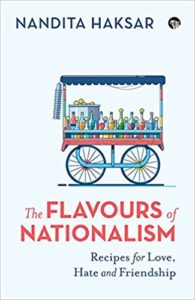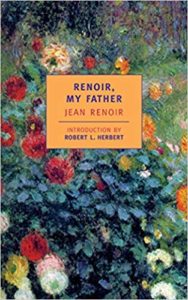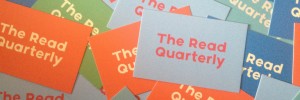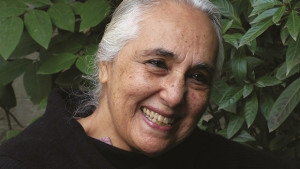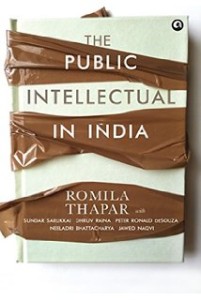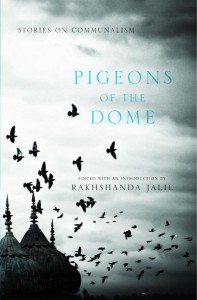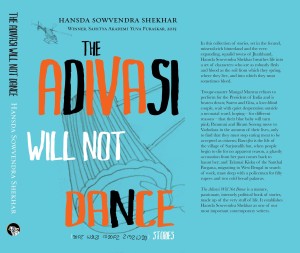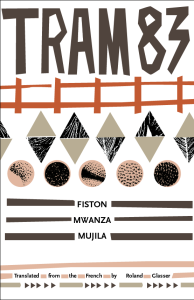On Gael Faye’s “Small Country”
I read Gael Faye’s extraordinary Small Country earlier this year. It left a powerful impact upon me and months later, after much other reading, I still cannot forget this slim book. At the time I had written to the brilliant translator, Sarah Ardizzone. Unfortunately Sarah is convalescing and is unable to reply to the questions at the moment. But she did manage to reply to the email I sent upon reading Small Country. This is what she wrote:
” Dear Jaya, What an amazing e-mail!
Thank you for your extraordinarily heartfelt response to Small Country.
I’d be delighted to answer your questions once I’m back.“
So while I wish Sarah a speedy recovery I thought it best to post on my blog edited excerpts of the email lest I forget that this was one of the fascinating books I read in 2019.
****
Dear Sarah,
I simply had to write to you after reading Small Country. What an extraordinary book! I marvel at your translation abilities. A lot must have been called upon you to invest in this translation. To delve into another languages, capture the rhythms and transfer them seemingly seamlessly from the language of origin to the destination language is never an easy feat but you have done it brilliantly. I do not know French but am familiar with it sufficiently to know the softness of the spoken word in French is very different to the cadences that English has to offer. I do not know how else to say it since I only know English. Yet, while reading Small Country I could not get over the fluidity of the prose. At times one forgets it is a translated text that one is reading.
Gael Faye is a poet, rapper, musician, so rhythm probably comes easy to him. It is in all likelihood a part of his being, his DNA. Those who have music in them walk, talk and breath music and rhythms. If you witness such musically talented people then it is pure joy to see them move and talk. Even an ordinary conversation with them takes on a precision that is delightful to experience. And somehow this oneness of spirit with music makes them seem like free spirits too. It conveys itself beautifully when such talented souls express themselves. Murakami says in his conversations Absolutely on Music that rhythm is important the text.
In the case of Small Country the boy-narrator comes across as a medium for sharing many of Gael Faye’s own experiences or perhaps events he has witnessed. Using the fictional literary device tends to distance the author from the event. Yet using the first person to narrate events makes it so personal but also continues with the fictional deception of something so horrific. The only time the mask seems to fall is when the narrator recounts his mother’s witnessing of the murders in Rwanda. And that is not even a technique. It just comes across as someone who must at all accounts convey what his mother witnessed. In fact if you read transcripts of testimonies of women traumatised by conflict, the tone is this. The only difference is that while the mother in the book never really slips into the third person, all women survivors of a conflict situation always speak in the third person especially when they come to that particular point of describing the actual trauma. It is extraordinary but this is a fact that has been documented over and over again through decades of research on gender and conflict. While absorbed in the story the turn of events are not questioned even the deadpan monotone manner in which the mother tells her story at the dining table. Even her slow descent into a “madness” is done brilliantly. It is later upon closing the book that so many questions come to my mind. For instance, this eye-witness account has to be true. Probably the mother is an amalgamation of many such witness accounts or perhaps it is someone extremely close to Gael Faye. Then I wondered how on earth did Gael Faye capture this deadpan manner of narrating the genocide ? Did he record it? Did he revise this portion? Then I wondered how on earth did you translate it, Sarah? This is not an easy passage to translate and the kind of engagement that is required of you will, I suspect, forever haunt you, Sarah.
The fluidity of the prose is breathtaking. It is meditative so when the long passages on reading appear, the mind is sufficiently lulled to appreciate every moment of that experience…a trance-like space that seasoned readers will recognise. Then it is explosively disrupted with the accounts of lynching, the stench of death, hatred and sheer ugliness of the revenge violence unleased everywhere. It is frightening, Sarah. It is ever more real for us in the subcontinent as these are many of the incidents occuring here too. The video clips showing lynching of innocent people has resulted in WhatsApp changing its global policy of forwards. So instead of being able to forward messages to 250 people at a time there is a restriction — now messages can be forwarded to only 5 people at a time. Anyway, I digress.
The maturity of the boy-narrator to express himself so clearly in his interior monologues can only come with time. A layered narrative if there ever was one. It is as if the adult-boy is reflecting back on the past without in any way undermining what he saw as a 10/11-year-old boy. It is a tough balance to achieve. But I often got the sense while reading Small Country how did Gael know when to stop layering the memories? My apologies for intermingling the fictional and the real experiences but there are some moments in the book that are too real to be ever imagined by a sane human being. The description of the mother coming upon the rotting bodies of her neices and nephews that her hand goes through the pieces while she attempts to gather their remains for a decent burial. Once the book is read the images of the genocide and the slaughter of the crocodile for a birthday feast merge into one. While I have a zillion questions for Gael on why this book? How did he come to write it? How did he choose the point of view? Why a boy-narrator? Does it make it any easier to cross boundaries within a disintegrating society and offer multiple perspectives that only a child can offer –more or less without judgement? Although this book has been launched as a debut novel the title refers to a song he wrote. When he is intentionally blurring the lines between the lived and the fictional landscape it becomes hard for the reader to separate the identities of the boy-narrator and the author. Why does he choose an opening to the novel with a bar scene, reflection and then a flashback to a conversation between father and son before plunging into a conversation? Why not begin the novel straightaway? Why the artifice? It is not as if it any way eases the shock and distress at seeing the violence erupt.
While there are many questions to be asked of Gael Faye, I could not help but marvel at your professionalism too, Sarah. What extraordinary reserves of inner strength it must have required to translate this slim novel. In fact its slimness belies the powerful storytelling and the pure, senseless, mad hatred man has for man. Sadly this is seen everywhere now in the world. I truly am amazed at how you stayed with this book and translated it, Sarah. Some of the questions that I wanted to pose to you while reading the book were:
- How and why did you select this book to translate?
- How long did it take to translate Small Country?
- When you translate a book such as Small Country do you only focus on the text or do you also have to read around to ensure you have captured the nuances?
- Did you keep Gael Faye in the loop at every step of the translation? When do you begin your conversations with the author regarding your translations?
- What is the nature of these conversations? What are the topics that are discussed most often while translating a book? Were there some exceptional insights to the writing and translation process for Small Country?
- Would you know if subsequent translations of this book in other languages rely upon the English translation or do they read the text in French? Have you had conversations with translators of other languages of this book?
- What is it that you seek in a good translation?
- How do you choose the books you wish to translate?
- How did you become a professional translator?
- Which are the translated texts that you would consider your gold standard in translation? Who are the translators you admire? Do you think the “rules” of translations change over time?
While reading Small Country, I was reminded of Fiston Mwanza Majila’s Tram 83 which I reviewed some years ago ( after which the rights to it were bought and an Indian edition was published). His performances at various book events involved a lot of music — fascinating performance poetry.
One day I hope we can meet in person, Sarah.
With warmest wishes,
JAYA
8 November 2019

